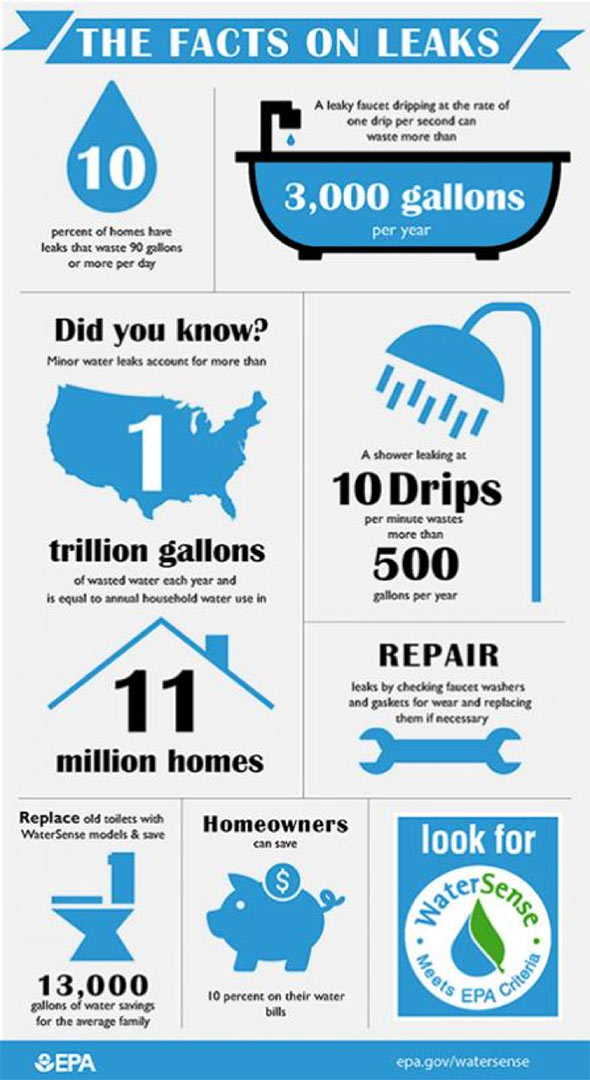Climate'S Influence On Roofing System Installation: Suitable Seasons And Conditions For Achieving Success
Climate'S Influence On Roofing System Installation: Suitable Seasons And Conditions For Achieving Success
Blog Article
Write-Up Author-Hartvigsen Smith
When it comes to roof installations, the weather can make or break the job. Picture the irritation of handling materials that will not coordinate due to severe warm or fighting unsafe surfaces caused by unforeseen rain. Comprehending the impact of climate condition on your roofing job is important for an effective outcome. So, let's discover how different weather condition aspects can affect the quality and durability of your roof covering installation, making sure a work well done.
Effect of Temperature Level on Roof Installment
When it comes to roofing installment, temperature plays a critical duty in the process. The optimal temperature level for roofing projects commonly falls in between 45 and 85 levels Fahrenheit. Extreme warm can cause products like shingles to end up being as well pliable, causing potential damage during setup. On the other hand, cool temperatures can make products fragile and prone to cracking. It is necessary to schedule roof installments throughout moderate temperature levels to ensure the best end result.
During colder weather condition, service providers might require to take extra preventative measures such as utilizing heated devices or allowing materials to warm up prior to installment.
In please click the next post , heat might call for job to be done earlier or later on in the day to prevent the peak temperatures. By taking into consideration the temperature and its effects on roofing products, you can help make certain an effective installation that will withstand the components for many years to come.
Impact of Rainfall on Roof Projects
Roof tasks can be significantly affected by precipitation, affecting both the timeline and the quality of the setup. Rainfall or snow can produce slippery problems, making it risky for roofers to deal with a wet surface. Additionally, dampness can compromise the bond of products like tiles or underlayment, resulting in prospective leaks or damages in the future.
If it rains during a roof covering task, the water can seep right into susceptible areas, triggering hold-ups as the setup staff need to await the roof to dry before proceeding. Extreme dampness can also advertise the growth of mold and mildew and mold, further jeopardizing the integrity of the roofing system.
To stay clear of these concerns, it's advised to arrange roof projects during drier seasons or keep an eye on the weather report closely to prepare around any type of possible rainstorms. By taking precautions to operate in favorable climate condition, you can ensure a smoother and a lot more successful roof covering installment process.
Influence of Wind Rate on Installation Success
Throughout roof installment, the speed of the wind plays a critical duty in determining the success of the job. High wind rates can posture considerable challenges to roofing professionals, possibly causing safety and security hazards and high quality issues. When wind rates go beyond recommended restrictions, it becomes hard to manage products, boosting the danger of accidents and damage to the roofing materials. https://badroofingcontractors73849.bloggactif.com/30732458/roof-covering-misconceptions-revealed-essential-understanding-for-every-single-house-owner can additionally impact the accuracy of dimensions and the accuracy required for proper installment.
To make https://roofingcontractornearme62839.csublogs.com/36255073/regular-errors-homeowners-dedicate-throughout-roofing-installation-and-how-to-steer-clear-of-them , it's vital to keep an eye on and consider wind rates. Preferably, roofing system installment must take place on days with low to modest wind rates. This not only improves the safety of the employees yet additionally boosts the overall quality of the installment.
Roof covering projects arranged during calm weather conditions are most likely to be finished efficiently and with less mistakes. By taking note of wind speed forecasts and planning appropriately, you can help make sure a smooth and effective roofing installation procedure.
Verdict
So, when it involves roofing installment, remember to consider the climate condition to make sure a successful task. https://www.architectureanddesign.com.au/features/list/corrugated-iron-cladding-roofing-size-profiles-pri , completely dry conditions, and modest wind rates are essential elements to prioritize for a smooth setup process. By scheduling your task throughout the most effective periods and optimal weather conditions, you can achieve a sturdy and resilient roofing that will certainly shield your home for many years to come.
